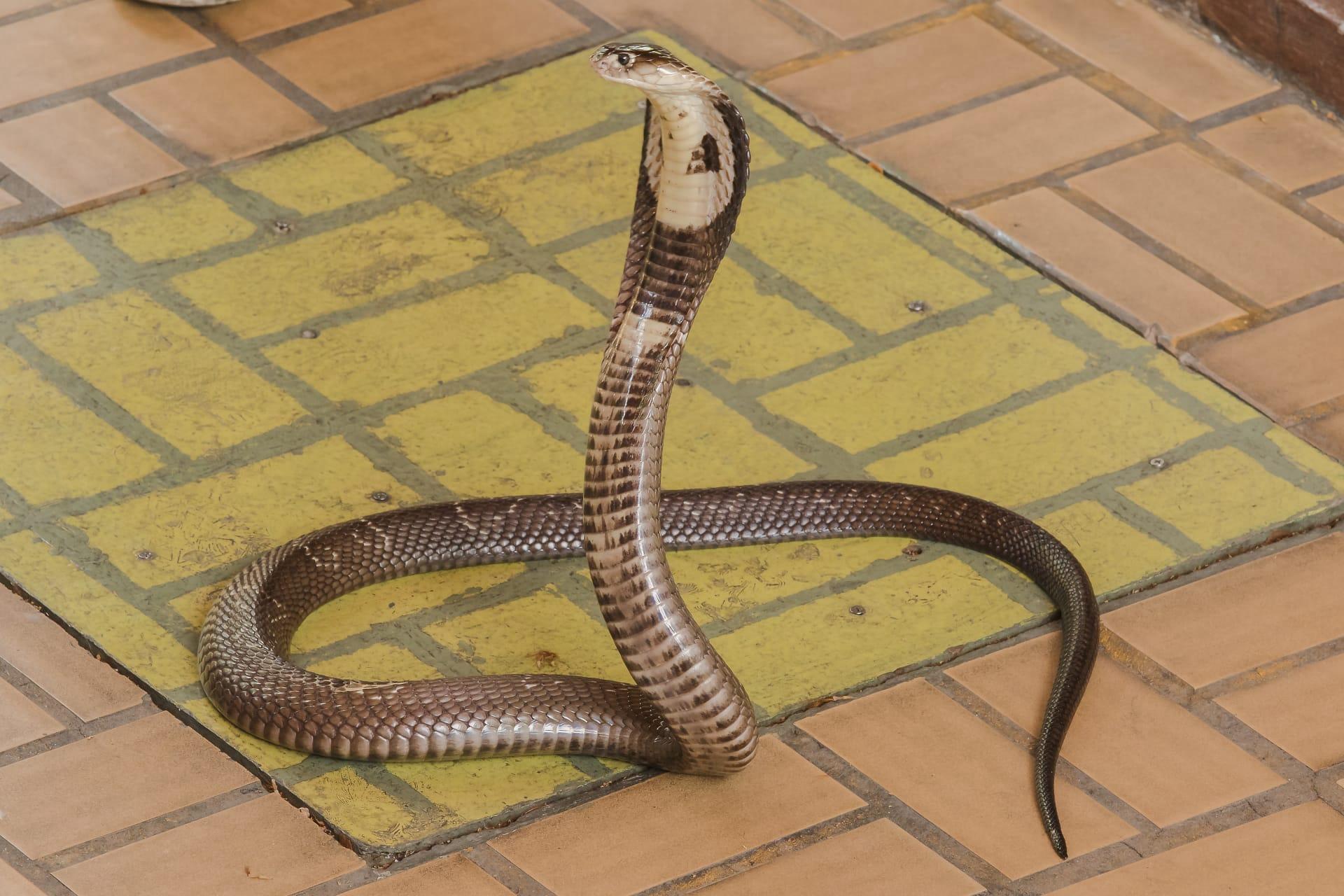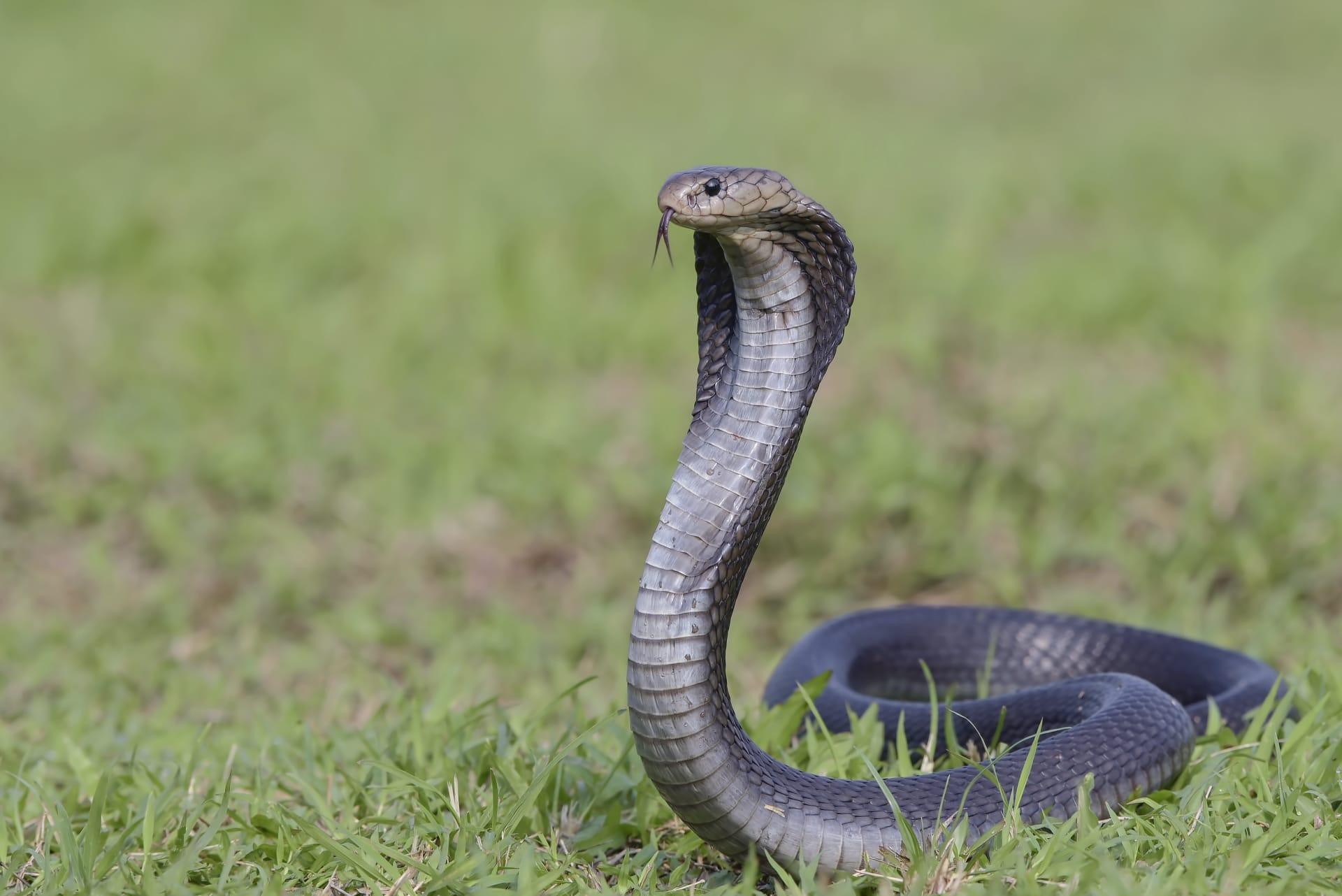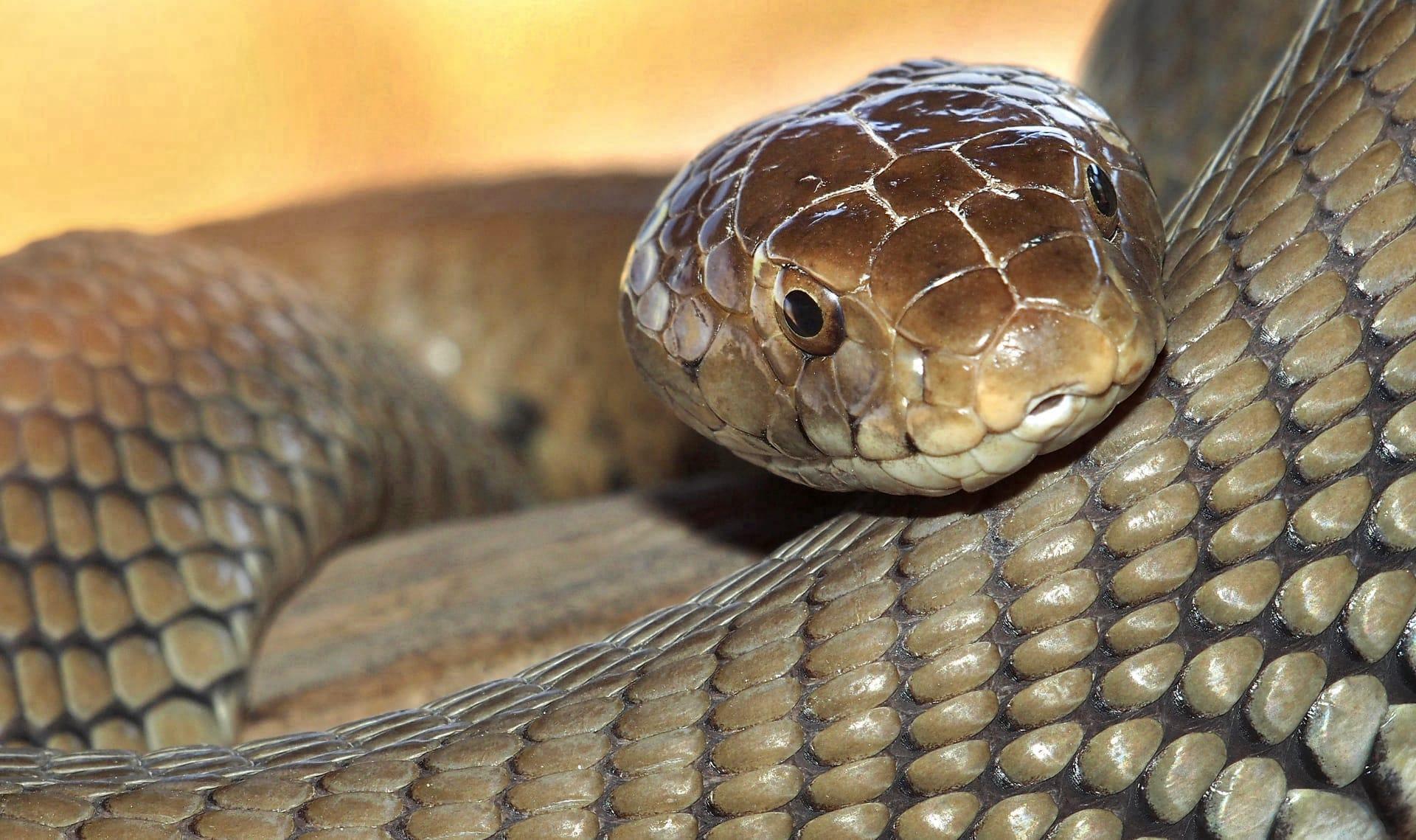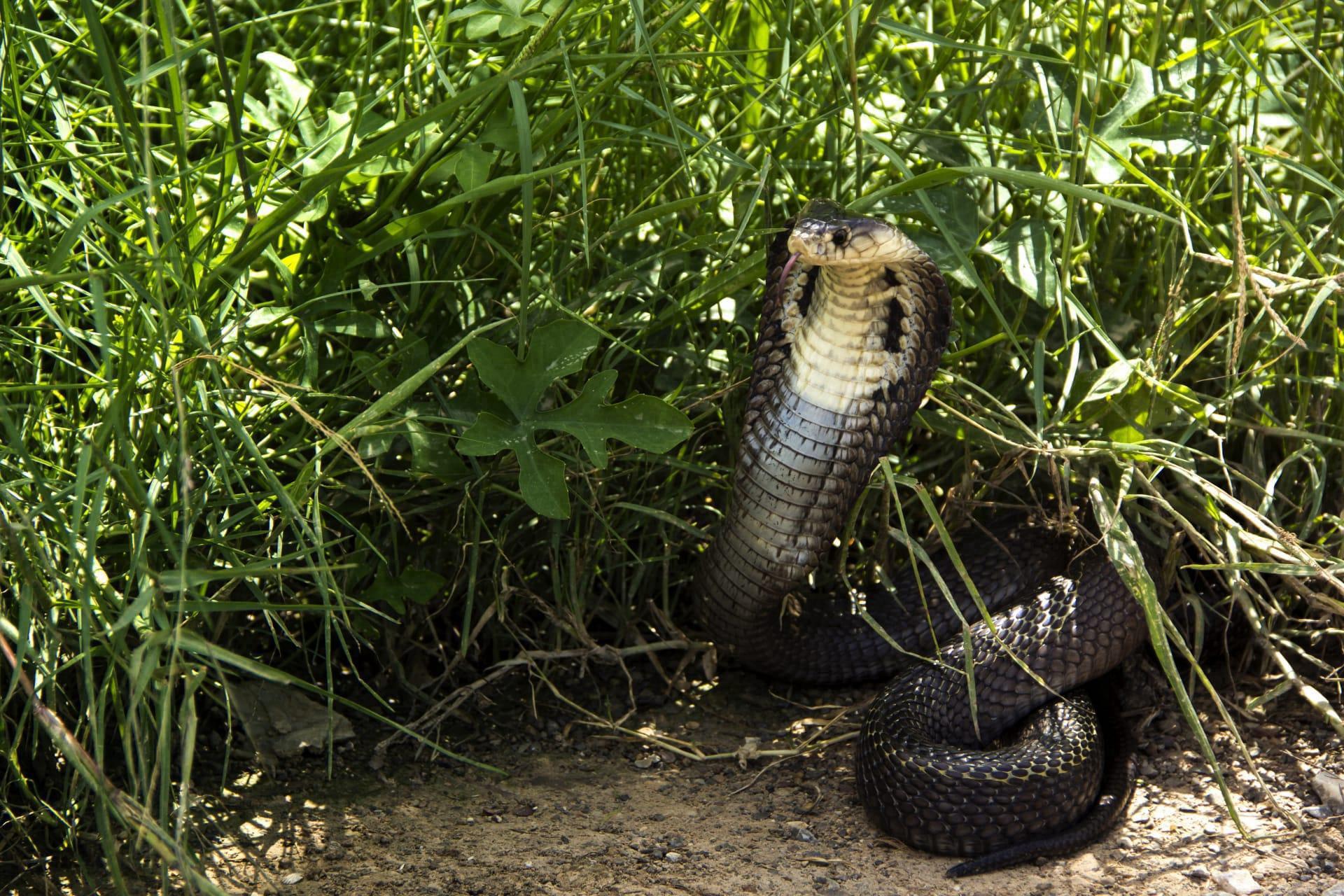1
Did you know that the King Cobra, the world's longest venomous snake, can grow up to 18 feet (5.5 meters) in length? That's longer than a small car! These serpents are not only impressively long but also quite speedy. They can slither at speeds of up to 12 miles per hour (19 kilometers per hour), making them faster than an average person can run. Their size and speed make them formidable hunters in their natural habitats.
Another fascinating fact about cobras is their diet. Unlike other snakes that often feed on a variety of small animals, the King Cobra's diet is unique because it primarily feeds on other snakes, including pythons and even venomous species. This cannibalistic trait is rare among snakes. A King Cobra can consume a snake nearly as big as itself, thanks to its flexible jaws that can stretch wide enough to swallow large prey.

2
Have you ever wondered how cobras defend themselves? Cobras are famous for their threatening hood display. When they feel threatened, they can spread the ribs in their necks to form a hood, making themselves look larger and more intimidating to predators or threats. This hood can span up to 6 inches (15 cm) wide. It's not just for show; the cobra's hood is a warning signal to others to back off.
Another interesting aspect of cobras is their eyesight. Despite the general perception that snakes have poor vision, cobras have quite good eyesight, especially during the daytime. They can spot moving prey from a distance of up to 330 feet (100 meters). Their keen eyesight, combined with their sensitivity to ground vibrations, makes them very effective hunters.

3
Cobras have a unique way of reproducing. Unlike many snake species that lay eggs and leave, some cobra species display a rare behavior of maternal care. For example, the King Cobra is known to build a nest for its eggs – something very unusual for snakes. The female King Cobra will painstakingly gather leaves and other materials to construct a mound, lay her eggs inside it, and then guard them until they hatch. This protective behavior ensures a higher survival rate for her offspring.
In addition to their maternal instincts, cobras also have a remarkable venom delivery system. Their fangs, which can be up to 0.5 inches (1.3 cm) long, are capable of injecting a large volume of venom deep into their prey. Cobra venom is neurotoxic, affecting the nervous system and leading to paralysis or even death in their prey. Interestingly, despite their potent venom, cobras often prefer to escape rather than engage in confrontation.

4
Did you know that cobras can "hear" vibrations? Snakes, in general, do not have external ears, but they are very sensitive to vibrations. Cobras can sense ground vibrations through their jawbones, which is how they detect the approach of prey or predators. This ability allows them to be aware of their surroundings, even in the absence of traditional hearing.
Cobras are also culturally significant in many parts of the world. In India, for example, the cobra is revered and often associated with deities. The famous Indian snake charmers typically use cobras in their performances. However, it's a common misconception that these snakes are swaying to the music. In reality, they are reacting to the movement of the flute, perceiving it as a potential threat, and adopting a defensive stance.

5
Here's a surprising fact: cobras can survive for months without food. After consuming a large meal, a cobra can go for several months without eating again. This ability is due to their slow metabolism and the efficient use of the energy derived from their prey. During periods without food, they become less active to conserve energy.
The cobra's venom is not only a weapon but also a subject of medical research. Scientists are studying cobra venom for its potential in developing new drugs. Components of the venom are being researched for their analgesic and cancer-fighting properties. This makes the cobra, a feared predator, an unlikely contributor to human medicine.